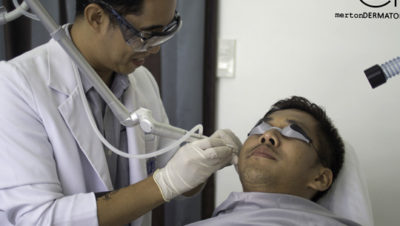
Its popularity in the 70’s still inspires the local feeding programs of incumbent and aspiring politicians, but the national scale and continuity that made the Nutribun a success as a USAID-funded project during the late President Ferdinand E. Marcos’s time have hardly been matched by subsequent administrations.
Senator Imee Marcos started the revival of the Nutribun Feeding Program during her father’s 105th birth anniversary, with a warning that the government’s nutrition programs at present are “undernourished and will not withstand a looming global food crisis.”
“We must restore the Nutribun Feeding Program’s place as a viable solution to undernutrition among children. It can’t remain intermittent and sporadic advocacy,” Marcos emphasized.
To that end, the senator joined forces with the National Nutrition Council, which her father established in 1974, and various local government units, municipal offices of the Department of Social Welfare and Development, and barangay health workers.
Simultaneous pilot testing of the Nutribun Feeding Program took place Sunday in Rizal, Cebu, and Ilocos Norte, where 1,000 children, three to five years old, in each province received packs of the iconic bread made with squash, malunggay (moringa), and other locally available, high-nutrient crops.

Beyond the mere distribution of the fortified Nutribun, Marcos’s office and all government workers involved will be monitoring the children’s weight and state of health throughout the next 120 days.
Marcos’s personal initiative complements the government’s nutrition programs to be bolstered with $178 million in recent funding from the World Bank so that the high incidence of child stunting in the Philippines can be reversed.
The World Bank noted in its 2021 report that there have been “almost no improvements in the prevalence of undernutrition in the Philippines” in the past 30 years and added that “the country is ranked fifth in East Asia and Pacific Region with the highest prevalence of stunting and is among the 10 countries in the world with the highest number of stunted children.”
“There’s no more time to lose if the next generations of Filipino children are to be healthy in body and mind, and ultimately productive as grown-up citizens,” Marcos said.
comments are temporarily disabled.















